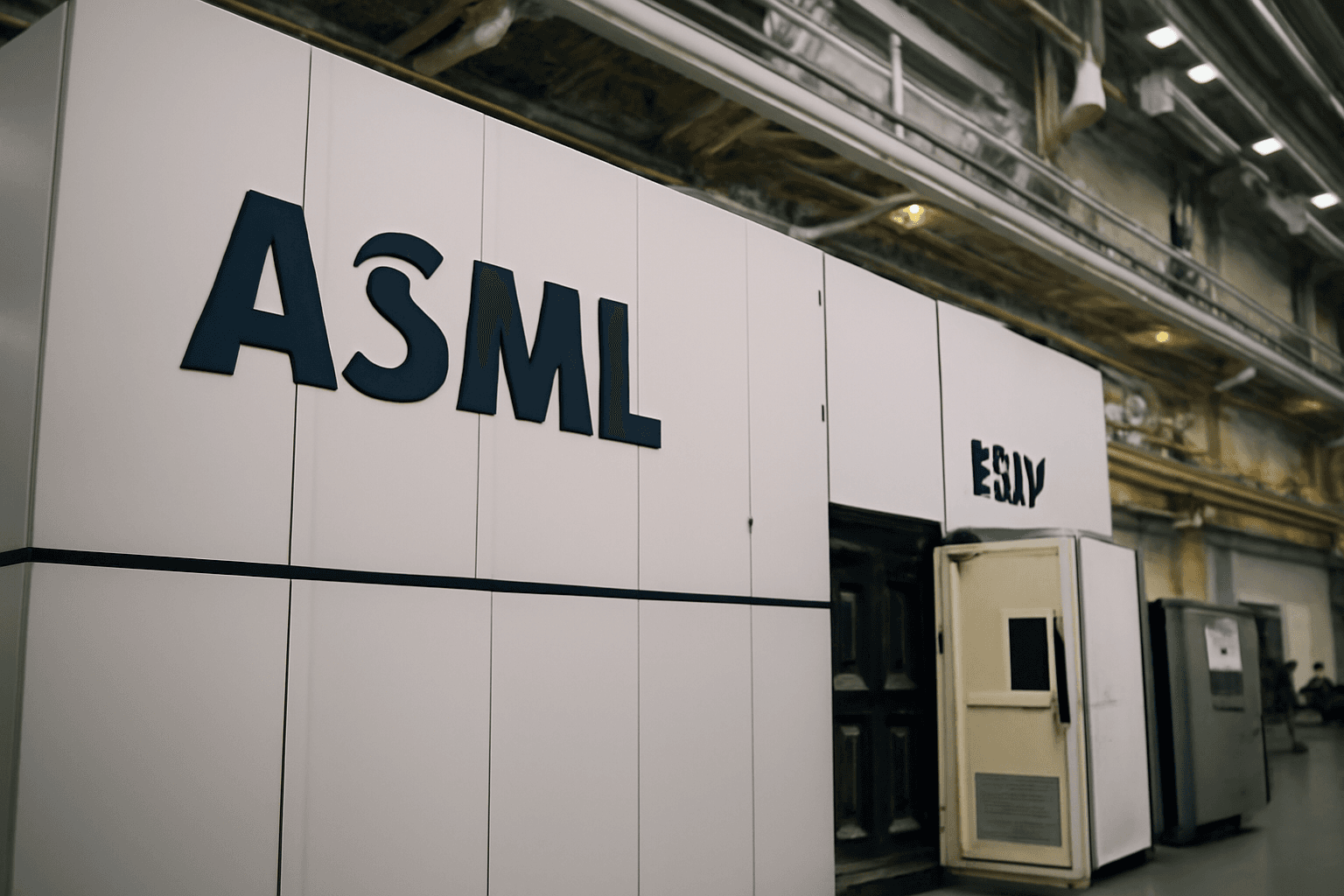Super Micro Faces Market Setback Despite Strong AI Demand Earlier
Shares of Super Micro Computer Inc., a prominent server manufacturer, took a hit on Tuesday, plunging 15% in after-hours trading following the release of its fiscal fourth-quarter results and a cautious outlook for the upcoming quarter. Investors reacted swiftly to the company’s earnings per share and revenue figures, both falling short of Wall Street expectations.
Q4 Performance Below Market Forecasts
During the quarter ending June 30, Super Micro reported an adjusted earnings per share (EPS) of 41 cents, slightly underperforming against the consensus estimate of 44 cents. Revenue rose to $5.76 billion, reflecting a 7.5% year-over-year increase but still missing the anticipated $5.89 billion. This revenue growth, while positive, signals a deceleration compared to the rapid expansion seen in 2023 fueled by demand for AI-centric data center servers.
Cautious Guidance Dims Short-Term Investor Optimism
Looking ahead to fiscal first quarter 2026, Super Micro projected adjusted EPS in the range of 40 to 52 cents and revenue between $6 billion to $7 billion. Analysts surveyed by LSEG had forecasted higher earnings at 59 cents per share and revenue of $6.6 billion, underscoring investor skepticism toward the company’s near-term growth trajectory.
Long-Term Revenue Outlook Remains Positive
Despite the short-term caution, Super Micro maintains an optimistic long-term outlook, anticipating fiscal 2026 revenue to surpass $33 billion, comfortably exceeding the consensus estimate of approximately $29.94 billion. This bullish forecast reflects management’s confidence in sustained demand for high-performance computing infrastructure, especially with the ongoing integration of AI technologies across industries.
Contextualizing Growth: AI Boom to Growth Plateau
Super Micro’s explosive growth in 2023 was largely driven by surges in demand for servers optimized for artificial intelligence workloads. However, as the industry matures and competition intensifies, the company is witnessing a normalization of growth rates. This trend aligns with broader market patterns where initial AI-driven spikes transition into steadier, more predictable adoption curves.
Adding a layer of complexity, Super Micro grappled with regulatory and compliance challenges recently. The company was delisted from Nasdaq temporarily after delays in quarterly financial filings and the unexpected departure of its auditor, events that have injected uncertainty for investors and stakeholders.
Stock Performance Amid Market Volatility
Despite the latest trading setback, Super Micro's stock has enjoyed a remarkable gain of approximately 88% year-to-date, starkly outperforming the broader S&P 500, which has risen about 7% over the same period. This performance underscores the market’s earlier enthusiasm for tech companies tapping into AI trends, even as near-term volatility persists.
What’s Next?
Investors and analysts will be paying close attention to the upcoming earnings conference call scheduled for 5 p.m. ET Tuesday, where the company’s executives are expected to clarify their strategic adjustments and shed light on industry dynamics affecting future performance.
Expert Insight: Navigating AI Hardware Market Maturity
According to technology market analyst Dr. Emily Chen, "Super Micro’s trajectory is emblematic of AI hardware vendors transitioning from rapid, hype-driven growth phases to more measured expansion stages. This natural progression challenges companies to innovate beyond core product offerings and diversify revenue streams, leveraging their AI data center expertise into adjacent markets such as edge computing and hybrid cloud solutions. How Super Micro executes this strategy could define its competitive edge moving forward."
Critical Questions and Underreported Angles
- How will Super Micro address escalating global supply chain constraints that could impact server availability and pricing?
- What role might regulatory scrutiny and compliance improvements play in restoring investor confidence after the Nasdaq delisting episode?
- Can the company capitalize on emerging AI applications in sectors like healthcare and autonomous vehicles to rejuvenate growth momentum?



















